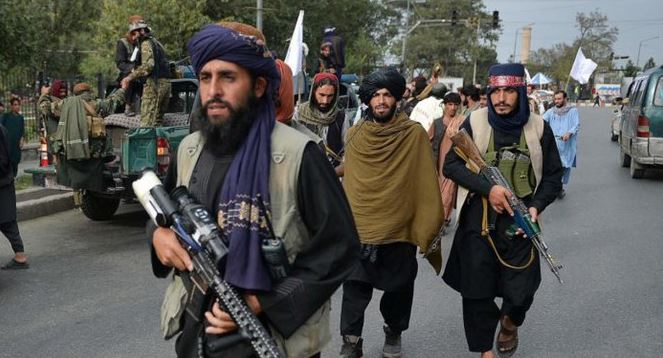The Committee to Protect Journalists urged the Taliban on Wednesday to immediately release two detained Afghan journalists and investigate the violent assault of another.
“The Taliban must take immediate measures to halt repeated arbitrary detentions and abuse of journalists in Afghanistan,” said Steven Butler, CPJ’s Asia program coordinator.
“The Taliban must immediately release journalists Abdul Hannan Mohammadi and Khan Mohammad Sial, and investigate the assault of Mohammad Ikram Esmati.”
Sial, a broadcast manager for the independent Paiwaston TV station, was detained in early May by Taliban police in Trinkot, and has since been held in the central prison of Uruzgan Province.
According to reports, Taliban members beat Sial and told him to confess that his outlet was funded by foreign entities, and was both morally and financially corrupt. Taliban members also reportedly told Sial that he would be released if he confessed.
In mid-June, Taliban intelligence agents detained Mohammadi, a reporter for Pajhwok news agency in northern Kapisa Province. Mohammadi was on his way to an assignment, but the Taliban agents relocated him to an undisclosed location.
The reason for his detention is not immediately clear.
On the same day in a separate incident, the Taliban stopped Esmati, a former journalist for the independent Kabul News TV station, and questioned him about his work.
According to Esmati, three Taliban members then bundled him in a vehicle, drove him to a remote area, and beat him with guns and fists until he was knocked unconscious.
Since the Taliban takeover of Afghanistan last August, the Taliban have cracked down on media freedom in the country, prompting watchdogs to voice concerns about the safety of Afghan journalists, reporters and media workers.
According to Reporters without Borders, at least 12 journalists were arbitrarily arrested in Afghanistan in May despite the Taliban announcement of a new system to protect media workers.
In the same month, the Taliban ordered women TV presenters to cover up fully in public, including their faces, ideally with the traditional burqa.

